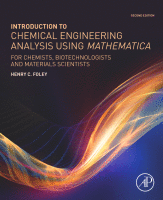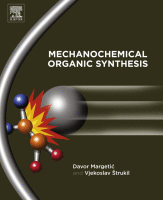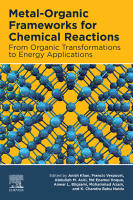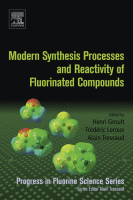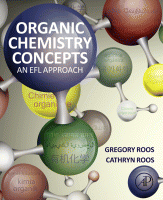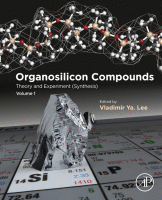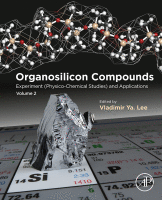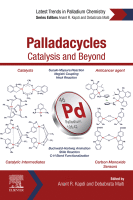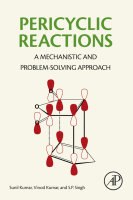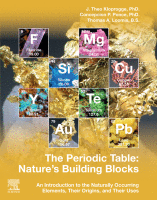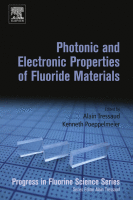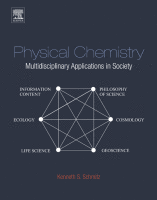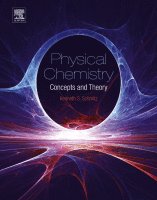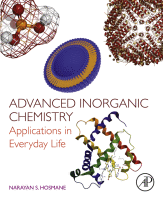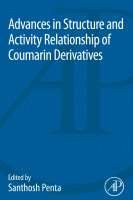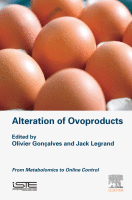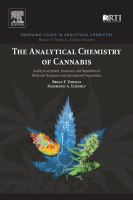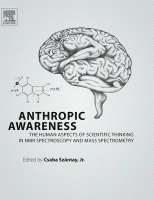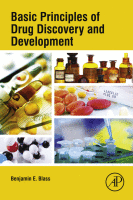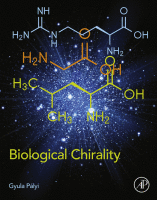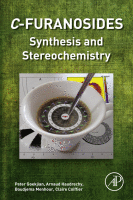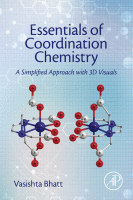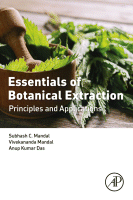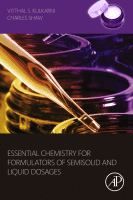Chemistry Books
Chemistry Books
Chemistry Books
Organic Chemistry Concepts An EFL Approach 2015 Original pdf
Chemistry Books
Chemistry Books
Chemistry Books
Chemistry Books
Chemistry Books
C-Furanosides Synthesis and Stereochemistry 2017 Original pdf
Introduction
Are you looking for the best chemistry books to help you understand the fundamentals of this complex subject? Whether you are a student or a professional, having the right resources can make all the difference in your studies. Discover the Best Chemistry Books for Students and Professionals is here to provide you with an extensive list of the top-rated chemistry books available. From textbooks to reference guides, we have compiled a comprehensive selection of titles that will help you gain a better understanding of the subject. With our expert reviews and ratings, you can be sure to find the perfect book for your needs.
Introduction to Chemistry: A Comprehensive Guide for Students and Professionals
Introduction to Chemistry: A Comprehensive Guide for Students and Professionals is an essential resource for anyone looking to gain a better understanding of the fundamentals of chemistry. This comprehensive guide provides readers with a thorough overview of the subject, covering topics such as atomic structure, chemical bonding, thermodynamics, kinetics, and more. It also includes detailed explanations of laboratory techniques and safety protocols, as well as helpful tips on how to approach problem-solving in chemistry.
The book begins by introducing readers to the basics of chemistry, including the periodic table, the elements, and the different types of bonds. It then moves on to discuss the various states of matter, such as solids, liquids, and gases, and explains the properties of each. The book also covers topics like acids and bases, solutions, and colloids. Additionally, it provides an introduction to organic chemistry, discussing the structure and reactivity of organic molecules.
In addition to providing an overview of the fundamentals of chemistry, Introduction to Chemistry: A Comprehensive Guide for Students and Professionals also offers detailed information on laboratory techniques and safety protocols. It explains the proper use of lab equipment, such as Bunsen burners, beakers, and test tubes, and provides step-by-step instructions for conducting experiments. It also discusses the importance of wearing protective gear and following safety procedures when working in the lab.
The book also provides readers with helpful tips on how to approach problem-solving in chemistry. It explains the process of breaking down complex problems into smaller, more manageable parts, and provides strategies for analyzing data and drawing conclusions. Additionally, it offers advice on how to interpret results and communicate findings effectively.
Overall, Introduction to Chemistry: A Comprehensive Guide for Students and Professionals is an invaluable resource for anyone looking to gain a better understanding of the fundamentals of chemistry. With its clear explanations and helpful tips, this comprehensive guide is sure to help readers develop a strong foundation in the subject.
Organic Chemistry: An Essential Guide for Understanding Chemical Reactions
Organic Chemistry: An Essential Guide for Understanding Chemical Reactions is an invaluable resource for anyone looking to gain a better understanding of the fundamentals of organic chemistry. This comprehensive guide provides readers with a thorough overview of the subject, from basic concepts to more advanced topics. It covers all aspects of organic chemistry, including structure and reactivity, stereochemistry, spectroscopy, and synthesis.
The book begins by introducing readers to the basics of organic chemistry, such as atomic structure, chemical bonding, and functional groups. It then moves on to discuss the various types of reactions that occur in organic chemistry, including substitution, elimination, addition, and rearrangement reactions. The book also covers topics such as thermodynamics, kinetics, and catalysis. Additionally, it provides detailed explanations of the different types of spectroscopy used to analyze organic compounds, as well as the principles of organic synthesis.
Organic Chemistry: An Essential Guide for Understanding Chemical Reactions is written in an easy-to-understand style, making it accessible to readers of all levels. It includes numerous examples and diagrams to help illustrate key concepts, as well as end-of-chapter questions to test readers’ comprehension. Additionally, the book features a glossary of terms and a list of useful resources for further study.
Overall, Organic Chemistry: An Essential Guide for Understanding Chemical Reactions is an essential resource for anyone looking to gain a better understanding of the fundamentals of organic chemistry. With its clear explanations and helpful examples, this book is sure to be a valuable asset for any student or professional looking to gain a deeper understanding of the subject.

